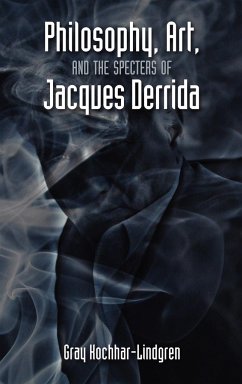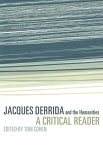Although there is a significant literature on the philosophy of Jacques Derrida, there are few analyses that address the deconstructive critique of phenomenology as it simultaneously plays across range of cultural productions including literature, painting, cinema, new media, and the structure of the university. Using the critical figures of "ghost" and "shadow"-and initiating a vocabulary of phantomenology-this book traces the implications of Derridean "spectrality" on the understanding of contemporary thought, culture, and experience. This study examines the interconnections of philosophy, art in its many forms, and the hauntology of Jacques Derrida. Exposure is explored primarily as exposure to the elemental weather (with culture serving as a lean-to); exposure in a photographic sense; being over-exposed to light; exposure to the certitude of death; and being exposed to all the possibilities of the world. Exposure, in sum, is a kind of necessary, dangerous, and affirmative openness. The book weaves together three threads in order to format an image of the contemporary exposure: 1) a critique of the philosophy of appearances, with phenomenology and its vexed relationship to idealism as the primary representative of this enterprise; 2) an analysis of cultural formations-literature, cinema, painting, the university, new media-that highlights the enigmatic necessity for learning to read a spectrality that, since the two cannot be separated, is both hauntological and historical; and 3) a questioning of the role of art-as semblance, reflection, and remains-that occurs within and alongside the space of philosophy and of the all the "posts-" in which people find themselves. Art is understood fundamentally as a spectral aesthetics, as a site that projects from an exposed place toward an exposed, and therefore open, future, from a workplace that testifies to the blast wind of obliteration, but also in that very testimony gives a place for ghosts to gather, to speak with each other and with humankind. Art, which installs itself in the very heart of the ancient dream of philosophy as its necessary companion, ensures that each phenomenon is always a phantasm and thus we can be assured that the apparitions will continue to speak in what Michel Serres's has called the "grotto of miracles." This book, then, enacts the slowness of a reading of spectrality that unfolds in the chiaroscuro of truth and illusion, philosophy and art, light and darkness. Scholars, students, and professional associations in philosophy (especially of the work of Derrida, Husserl, Heidegger, and Kant), literature, painting, cinema, new media, psychoanalysis, modernity, theories of the university, and interdisciplinary studies.








